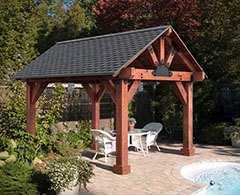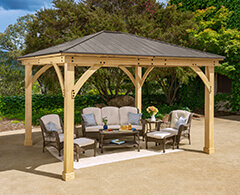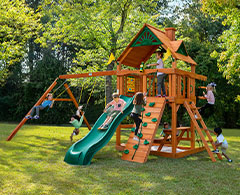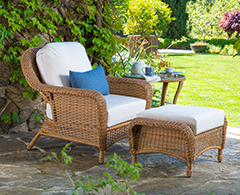With so many options to consider, finding the perfect paint color for your new shed can be overwhelming. The good news is that there isn’t one correct choice, and you don’t need to be a color expert to find one you’ll love. If you’re looking for guidance, here are some ideas to get you started before you hit the paint shop.
Why Paint is Important for Your Shed
Painting a shed isn’t only an artistic decision; it’s also functional. Paint creates a barrier that protects wood from dents, dings, and weathering. Taking the time to paint your shed can significantly increase its life span and protect your belongings inside of it.
Ideas for Choosing Your Paint Colors
- Match Your House
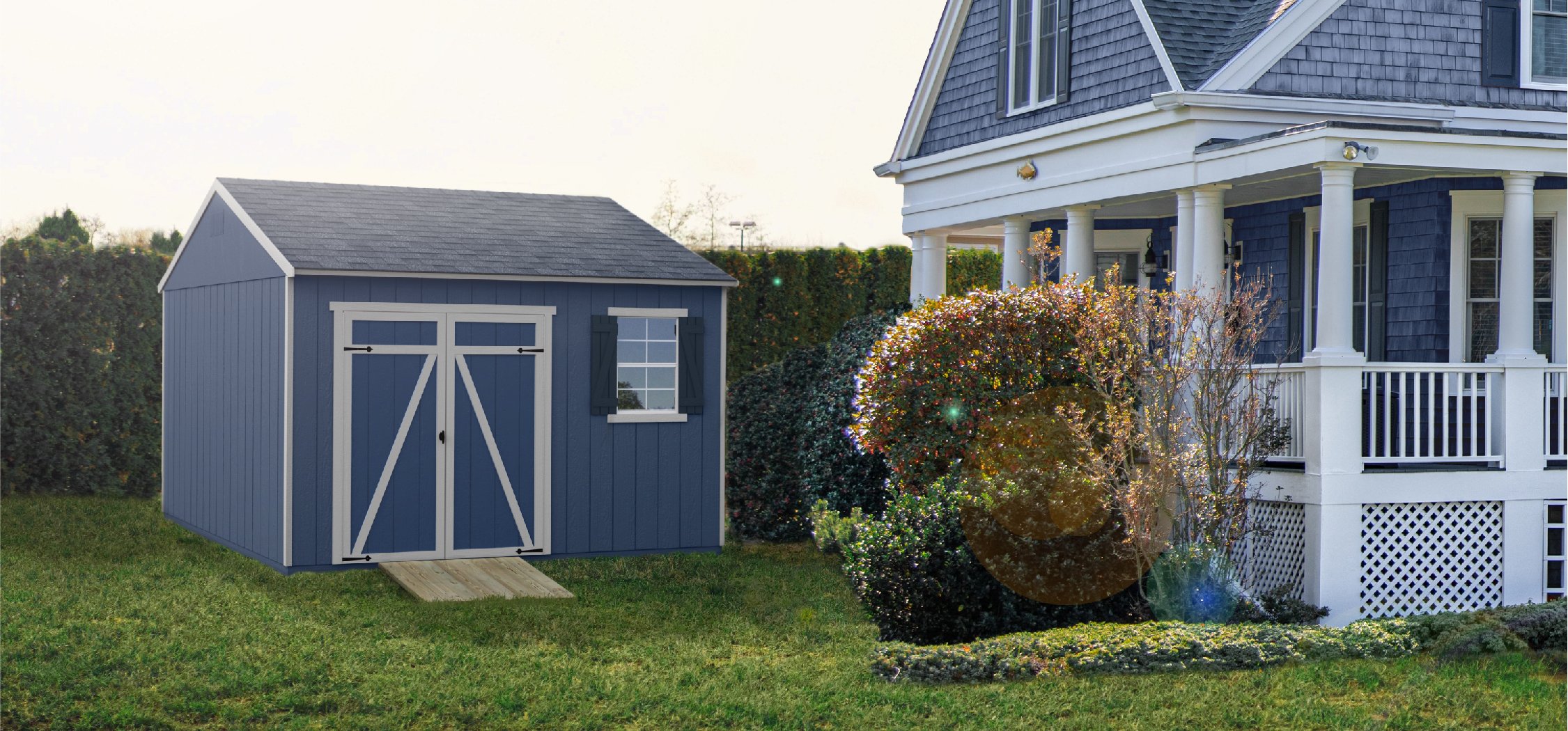
Using the same paint colors for your house and shed is the easiest choice – and there is nothing wrong with that. This method guarantees that your buildings will look great beside each other.
A shed is an excellent opportunity to use extra materials you might have left over from painting your house. If you buy new paint to cover your shed, any excess can be used to patch scuff marks and chips in your home’s siding. The matching method helps you use every drop, which reduces waste and saves money.
Don’t worry if you can’t remember the exact shade you used on your house. You can always gather paint swatches from your local department store and compare them to your target shade. You might also need to do this if your house’s paint has faded and the original color is no longer an accurate match. - Complement Your House

Customize your shed with a color that stands out next to your home while still looking intentional. When it comes to exterior paint, that’s all “complementary color” really means. You won’t need to remember anything about the color wheel to do this, promise.
Generally, bold colors pair well with other bold colors, while neutrals pair well with other neutral colors. When it comes to light and dark shades, however, opposites attract. Try pairing a lighter bold color with a darker bold color or a lighter neutral color with a darker neutral color. For example, a rosy pink pairs well with a stormy blue, or you can try a light gray with a chocolate brown.
Pairing colors that complement each other can get confusing. If you get stuck, your eyes can be a reliable tool for determining which colors look good together. Gather some swatches, compare your options, and trust your gut. - Complement a Brick or Stone House
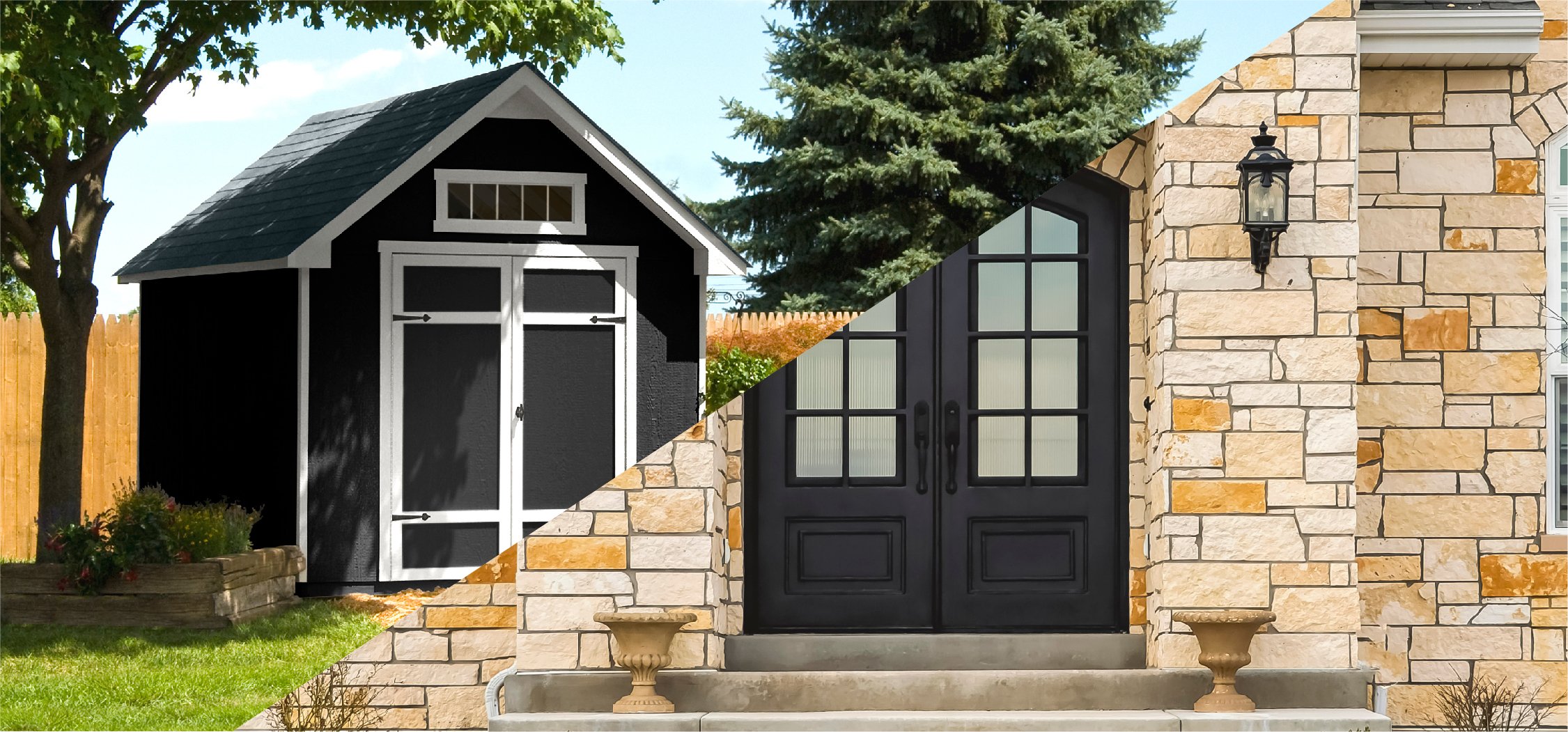
Even if your home is made of unpainted material like stone or brick, your shed’s paint job can still complement it. You’ll want to consider the colors of your house’s building materials. Are the stones light or dark gray? Are the bricks a vibrant red or a mellow brown?
Try pairing lighter bold colors with darker bold colors and lighter neutral colors with darker neutral colors. For example, a dark brown shed would complement a house made of light gray stones. A softer yellow shed would look great beside a vibrant red brick house.
You might also want to consider the color of your front door, garage, or shutters. If those accessories are painted, you can steal that color for your shed and make the decision easy for yourself. - Start with Shingles
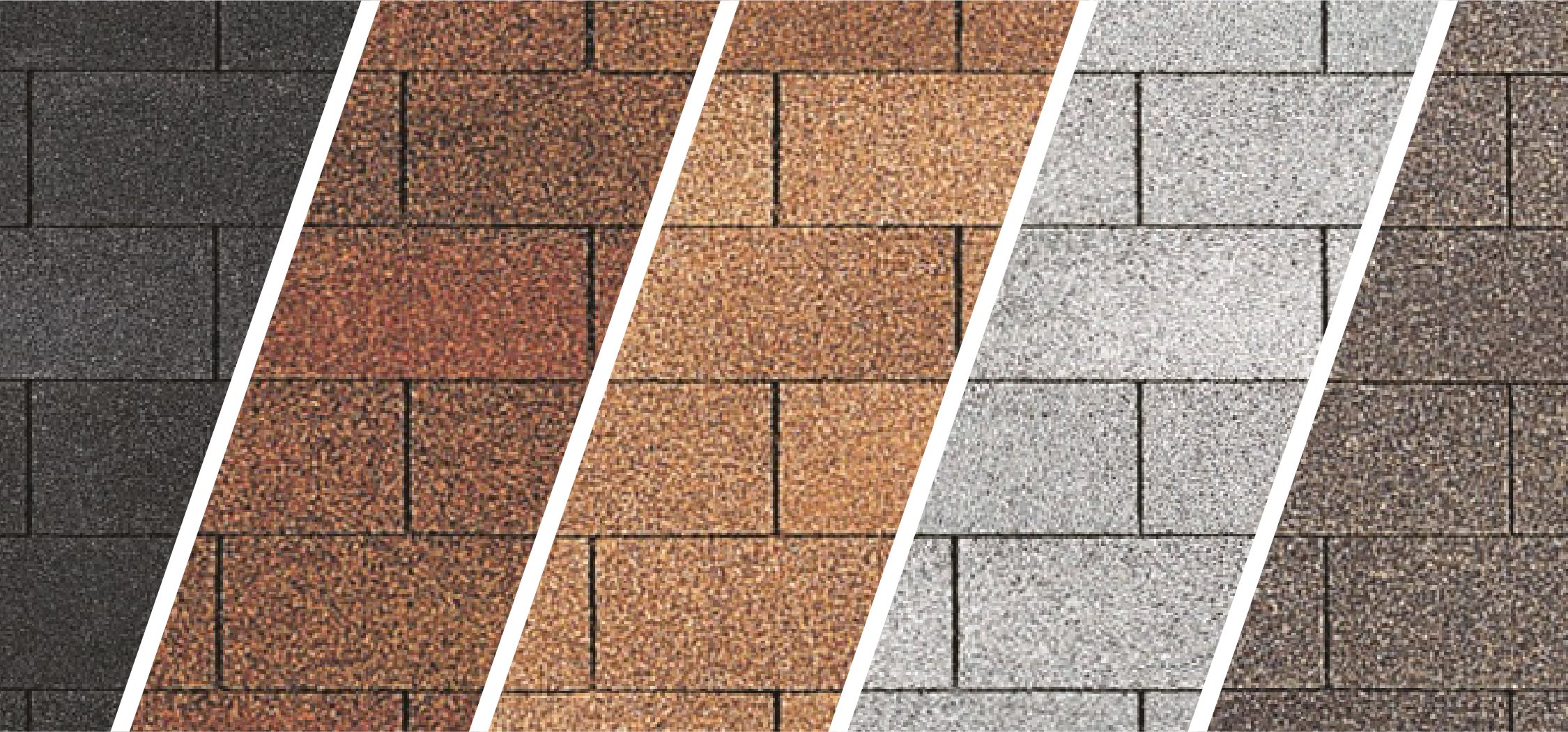
You might find it easier to choose a paint color for your shed if you have your shingles picked out first.
Shingle and paint shades tend to go well together if they are both warm or both cool. For example, black shingles would pair well with blue or green paint since they share a cool undertone. Dark brown shingles would look great with tan or beige paint since these colors all have warm undertones.
A shed also looks best when the shingle color is darker than the paint color. Dark brown paint might look better underneath black shingles than it would underneath light brown shingles. You can break this rule if you want to use white shingles, but you’ll still want to pair them with lighter paint colors, such as gray or pale blue. - Go Wild

This approach is perfect for daring folks who want to stand out in their neighborhood. Unless you have a strict HOA, no one can stop you from painting your shed with polka dots or your favorite shade of purple. It’s your space and your backyard. If you want to fill water balloons with paint and throw them at your shed walls, go for it. Maybe your house has always been the same shade of gray, and a pop of color would bring some joy to your backyard.
Feel free to think outside the box. Re-imagine what you’ve always thought a shed had to be. Break the rules, or get rid of them completely. The power is yours!
Deciding which approach is right for you is the key to a good painting experience. When you feel confident about what you’re doing, not only do you get great results, but you end up having some fun along the way.
